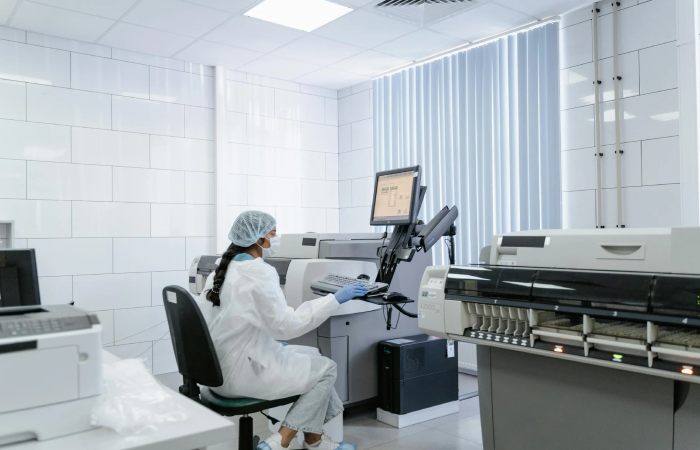Labs are the heart of scientific discovery, but let’s be real—they can be pretty rough on the planet. Between the mountains of plastic pipettes and the crazy amount of energy they burn, labs often leave a hefty environmental mess. With climate change on everyone’s radar, scientists are finally saying, “Hey, we need to do better.”
Enter automation. It’s like a superhero for labs, making them faster, slicker, and way less wasteful. Think smart machines and clever software that cut down on repetitive grunt work, save power, and keep materials from going to waste. It’s good for research and great for the Earth.
What’s a “Green” Lab Anyway?
A green lab is all about being kinder to the environment. Maybe it’s swapping disposable plastics for reusable stuff or upgrading to equipment that doesn’t guzzle electricity. It’s also about being smart with how things are stored, cleaned, or used. Little tweaks can add up to some serious impact over time.
Lots of labs are jumping on board with certification programs like My Green Lab. It’s a cool way to track how eco-friendly you’re being and stay on top of sustainable habits. Plus, getting that certification feels like a pat on the back—it keeps everyone motivated to do more.
How Automation Is Changing the Game
Automation is a total game-changer for labs. Take inventory systems: they keep tabs on supplies so you don’t end up ordering stuff you already have. No more wasting cash or letting things expire on the shelf. It’s like having a super-organized assistant who never sleeps.
Then there’s the fancy equipment. Robots that handle liquids can measure out tiny amounts of chemicals with pinpoint accuracy. Fewer mistakes, less waste, and lab folks get to focus on the big-picture stuff instead of pipetting all day. Some machines even come with energy-saving tricks, like freezers that chill out (pun intended) when they’re not being opened or devices that power down when idle. Those little upgrades save a ton of energy.
Waste tracking is another win. Some systems log exactly how much trash a lab’s producing. That data’s like a roadmap—it shows exactly where to cut back. Cell line development is another area where automation is making a difference. Automated cell line development platforms can streamline the process, cut down on errors, and use fewer materials. That means less trial-and-error and more efficient experiments, which saves both resources and time.
Benefits Beyond Sustainability
Going green isn’t just about feeling good—it’s practical. Cutting waste saves labs a boatload of cash. Less energy, fewer supplies, and better organization mean lower operating costs.
Automation also keeps labs out of trouble with regulators. Labs deal with strict rules on safety, waste disposal, and chemical handling. Automated systems log everything—how much waste goes out, what’s in storage, when equipment was last checked. If an inspector shows up, you’ve got clean, accurate records at your fingertips. It’s like having a personal assistant who’s obsessed with paperwork. Reporting becomes faster, and compliance headaches vanish.
There’s a morale boost too. Lab teams love knowing they’re part of something bigger. Working in a green lab, especially one using cutting-edge automation, feels forward-thinking. It’s a reminder that science doesn’t have to clash with sustainability.
How Labs Can Start Adopting Automation for Sustainability
Jumping into automation might sound daunting, but it’s not rocket science (well, maybe a little). Start by auditing your lab. Where’s the most waste? Is it energy, plastics, or expired reagents? Pinpoint the problem areas, then target them with small changes. An automated inventory system or a single smart freezer can be a great first step.
Money’s out there to help. Grants for green lab upgrades are popping up more often—some from governments, others from groups like My Green Lab. Check what’s available in your region. And don’t sleep on your team. Get everyone involved, from grad students to PIs. A quick training session can turn skeptics into cheerleaders.

The Takeaway
Sustainability isn’t just a nice-to-have for labs anymore—it’s a core piece of the puzzle. With pressure to cut waste and save energy, labs are turning to automation to make it happen without sacrificing quality. From smarter inventory to energy-saving machines, these tools are reshaping how science gets done.
Green labs are the future, and they’re proof you don’t have to choose between groundbreaking research and a healthy planet. With a bit of tech and a lot of teamwork, labs can keep pushing the boundaries of discovery while leaving a lighter footprint. It’s science with a conscience, and honestly, that’s pretty darn cool.


